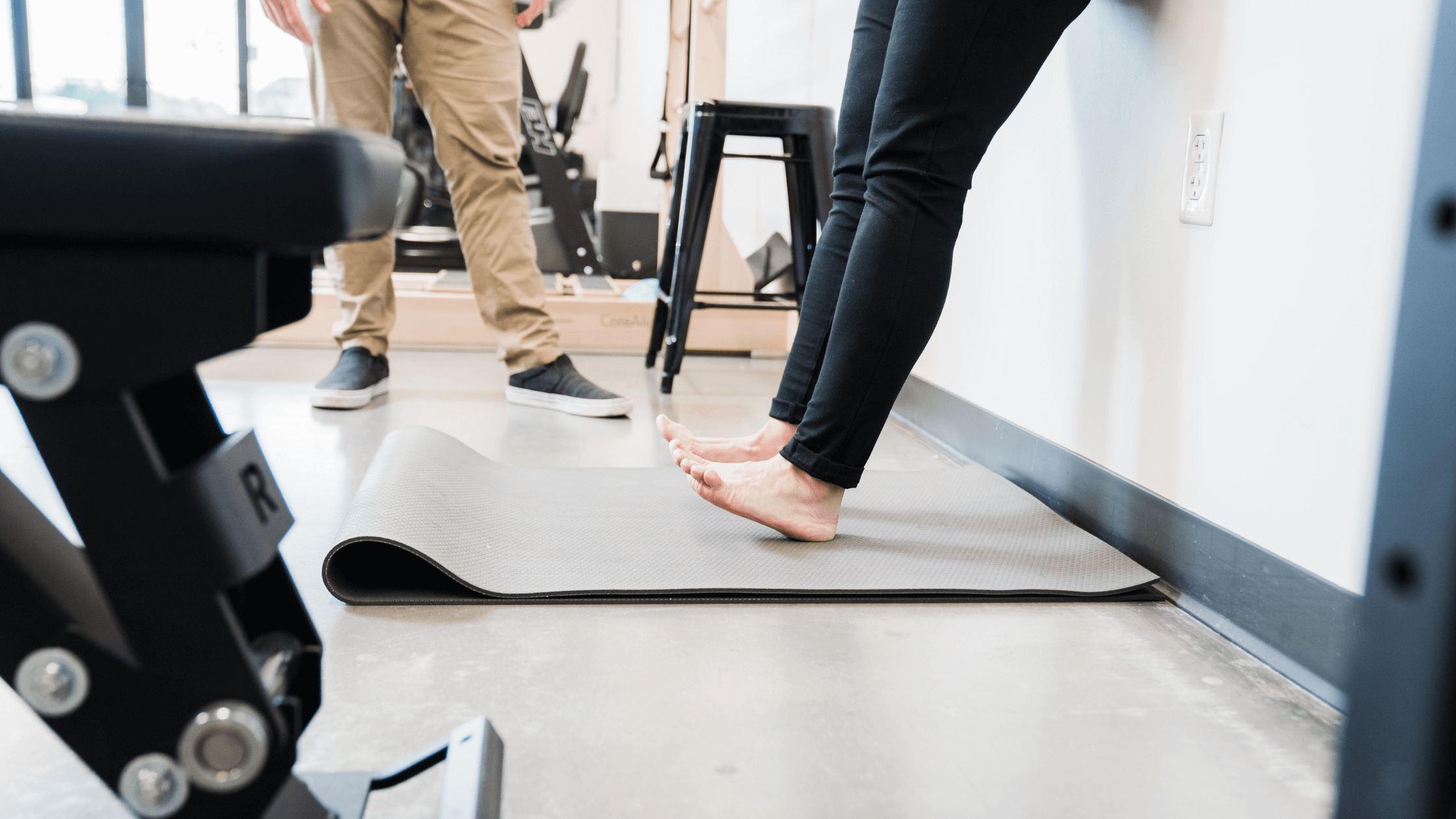Sciatica vs. Neuropathy: Diagnosing and Treating Nerve Pain

Licensed Physical Therapist, PT, DPT // Dry Needling Certified // LSVT Big Certified // EW Motion Therapy Trussville
If you start to feel numbness or tingling in one of your extremities, you might attribute it to a temporary lack of circulation or your foot “falling asleep”. Usually, that uncomfortable “pins and needles” feeling goes away after a while, but what do you do if it stays for longer than a week? Prolonged numbness or tingling can be a sign of a more extensive problem – but how do you know for sure?
Neuropathy and sciatica are two common nerve disorders that can cause discomfort and pain, and it is essential to distinguish between the two so you can get the help and medical advice that you need. Our therapists at EW Motion Therapy treat both of these conditions and create treatment plans aimed at addressing a patient’s specific goals and individual needs. Our ultimate goal is to provide education on these conditions and find solutions, even if you do not choose to pursue therapy with us.
This article discusses the similarities and differences between sciatica and neuropathy, steps you should take if you think you may have one of these conditions, and how physical therapy can help. With this information, you can move forward with a care plan that addresses your needs.
Wanting to try physical therapy for yourself? Click to download our 20 Physical Therapy Questions, Answered to learn more.
What is neuropathy?
Neuropathy is, by definition, damage to a nerve and can occur anywhere in your body. The symptoms manifest most commonly in the legs and feet, and it is caused by impaired blood circulation to a nerve or sometimes by medication. If you have this condition, you will most likely feel numbness and tingling or some pain. If you are in pain, it is usually a constant feeling - it is difficult to change that pain by position change or other interventions.
You may have heard of peripheral diabetic neuropathy - diabetes is a condition affecting many different body systems, including the nervous system, in which high blood sugar levels over a long period of time can begin to affect nerves.
What is sciatica?
Sciatica is irritation of the sciatic nerve, typical from injury, restriction, or compression. For example, sciatica is common during pregnancy because of the growing baby putting pressure on the sciatic nerve. Symptoms are typically numbness, tingling, or shooting pain that may appear anywhere along the path of that nerve, from the low back, into the hip, and down the back of the leg.
How are they similar & different?
Both sciatica and neuropathy can cause pain, tingling, and numbness. They can also be caused by a lack of circulation, whether on your sciatic nerve or elsewhere in your body.
You usually feel more pain sitting with sciatica - it can flare up in the morning and may change as you move around. But with neuropathy, the pain is more consistent, and you may have more sensitivity to touch, like from socks and shoes touching your feet. Sciatica feels deep in the hip and can ease up as you move about your day, and it also typically presents one-sided (only one side of your body is affected).
I think I have these symptoms - what should I do?
First of all, don’t panic. The best first step is to go see your doctor so they can rule out potential causes. If you think you have sciatica, gentle stretching, an ice & heat regimen, and a walking program can be beneficial. Also, think about what you do when your foot falls asleep. Whatever you do, you usually move it somehow. The same principle applies to relieving nerve pain symptoms because both neuropathy and sciatica are caused by a lack of circulation to specific nerves. We say around the clinic that “motion is lotion,” which is true because movement stretches and nourishes your nerves. But again, be sure to see your doctor first to rule out any other deeper causes.
Trying to find ways you enjoy moving is crucial for your overall health, but especially for affected nerves. Whether you walk or take a yoga class, movement can improve circulation throughout your body. If your nerve pain does not subside with increased activity, you can visit your doctor and let them know.
How can physical therapy help?
Now you know more about different nerve pain disorders and how to begin the healing process. If you come to physical therapy for your symptoms, your therapist should be able to determine whether you have neuropathy or sciatica based on the site and symptoms of your pain. For neuropathy, they will develop a program that can help to manage symptoms, improve mobility, and increase confidence. Depending on what is causing the sciatica symptoms, we will develop a plan to address symptoms and the cause of the sciatica, which may include mobility at the hip and low back, and possibly soft tissue techniques to reduce irritation. Sometimes nerve disorders can even affect your balance, and physical therapy can be beneficial for those symptoms so you can move about your day safely.
Navigating symptoms of a nerve disorder can be frustrating, especially when you cannot find the relief you need. We encourage our patients at EW Motion Therapy that “motion is lotion”, meaning movement is a true healer– and moving better really will help you feel and live better. If you are interested in our physical therapy services, fill out the Request an Appointment form on our website, and someone from our staff will contact you within 48 hours with your next steps.


